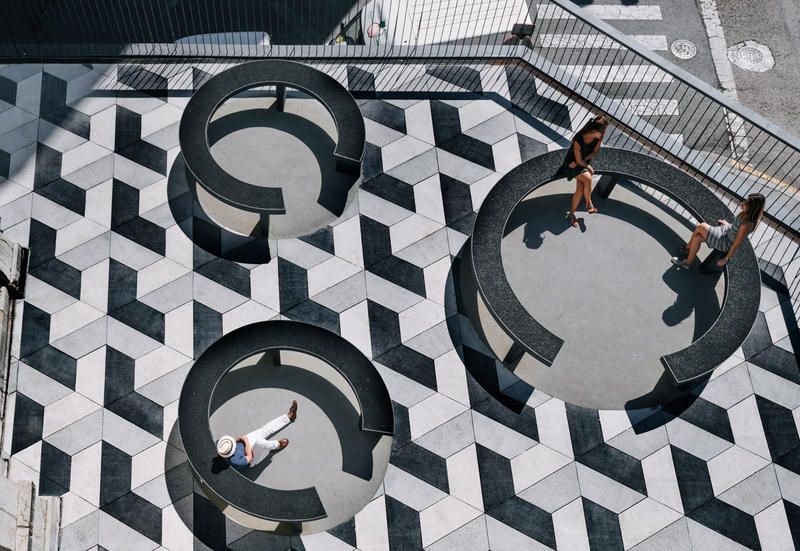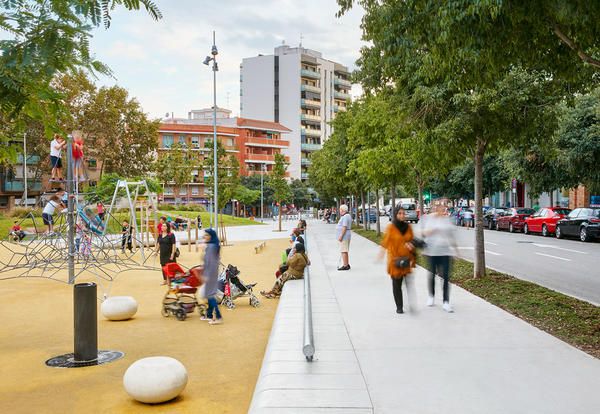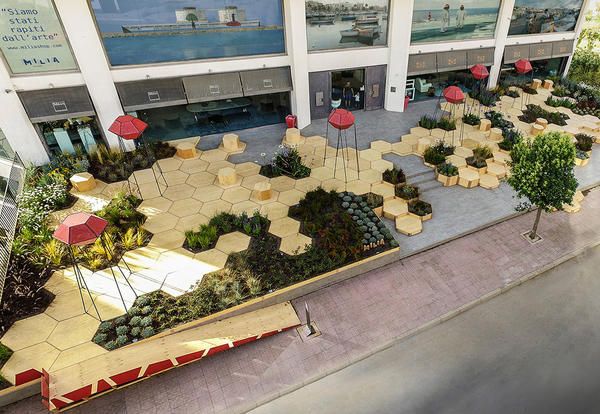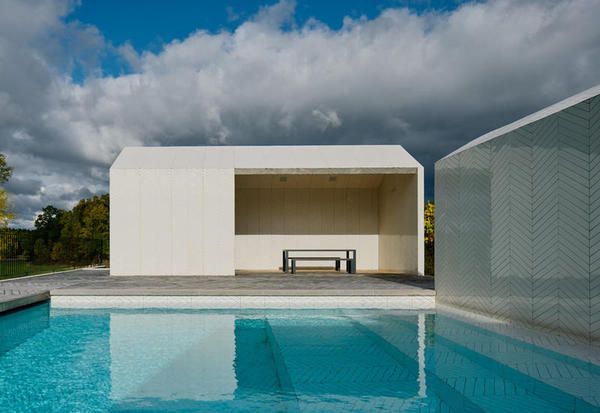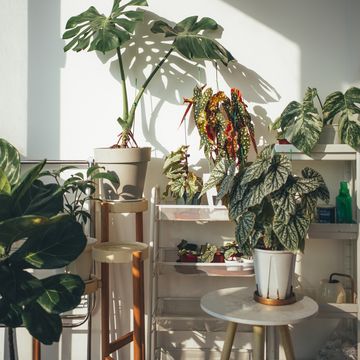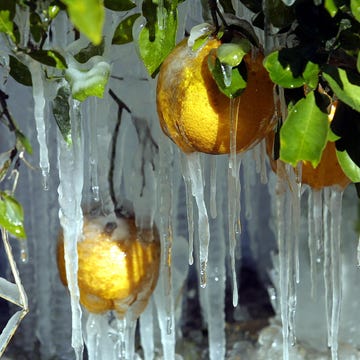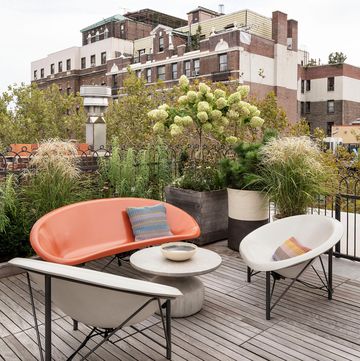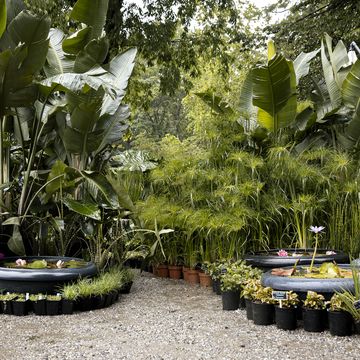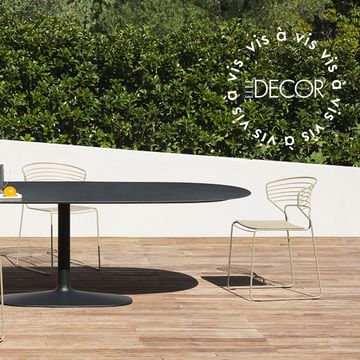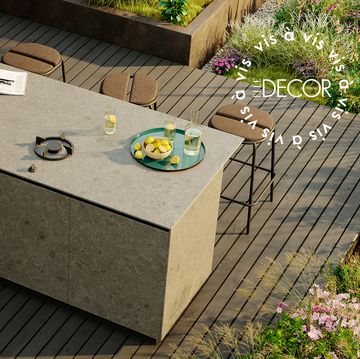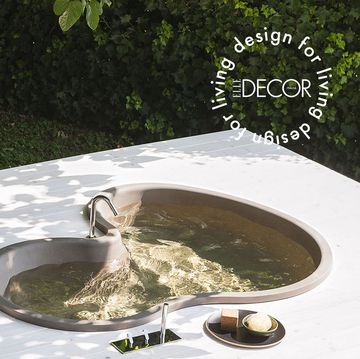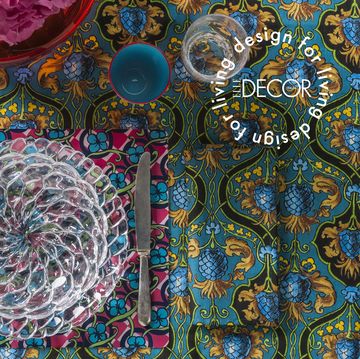Outdoor paving enhances space in just the same way the frame of a precious painting might do. Simple or complex, traditional or innovative, it highlights design, turning sheer functionality into stunning elegance. It is not always easy to choose the best outdoor flooring material, though. Besides aesthetic values, functional criterions need to be taken into account. Balconies and terraces, gardens, walkways, vehicle-accessible paths and pool kerbs must be waterproof, non-slip, weather- and load resistant. And they should not have any tendency towards the development of molds and stains.
The final decision should be carefully weighed up: there’s an infinite variety of different paving styles, from unglazed porcelain to stone, from wood to concrete. Outdoor flooring usually employs a multiplicity of materials according to just as many tastes and needs. We are going to show you a quick overview of long lasting design solutions, conceived for public settings, and yet suitable also for private spaces. Perfect all year round.
Let’s start in Badalona, one of Catalonia’s oldest cities, with a project by studio Peris+Toral: a green area for both children and grown-ups featuring a concrete outdoor paving. The perfect material to build urban walkways, thanks to its extreme resistance and rapidity of installation. The Spanish architects have carefully smoothed out their shape, removing architectural barriers and focusing on an original fencing solution for the kids’ playgrounds: a double-height sidewalk functioning also as a seat. Green dunes add touches of greenery recalling – and multiplying – the typical Tipuana trees arranged along the pathway (find out more on the studio’s official website)
Let’s remain in Spain, in Santander, with a project by Garciagerman Arquitectos that has wholly requalified a historic plaza just above the Puertochico market, connecting it to the rest of the neighborhood (see opening photo). In this case, too, concrete paving was the best option in its EcoGranic® version, an especially engineered kind of prefabricated concrete that can remove any trace of pollution from the air. The final effect is an extraordinary homage to Op Art, an abstract, homogeneous counterpoint to a generally ill-matched urban context (find out more on the studio's official website)
Besides concrete, stone and unglazed porcelain are massively employed materials in the paving of outdoor areas. Extremely resistant to impacts, scratches, chemical agents, scraping and frost, both kinds of flooring are available in multiple versions and finish. Wood, too, is a timeless, flexible and functional solution that thanks to a series of special treatments is able to resist both humidity and mold. Roman studio OFL Architecture has focused their attention on a stylish combination of greenery and wood with Zighizaghi, a 320 sqm multi-sensory urban garden designed for Miliashop in Favara, in the province of Agrigento, Sicily. Inspired by a beehive’s hexagonal pattern, the space spans two levels. The horizontal one, intended as an aggregation of wooden elements made of phenolic plywood and knots of Okoumè, can take on a virtually infinite number of configurations. The vertical one is composed of six fourteen-sided red prisms called Super Pods, made up of a lighting body and a loudspeaker (find out more on the studio's official website).
Wood can be also employed to pave pool edges, of course, as in the Parquet Patterned Pool and Spa, a luxury wellness center designed by studio Claesson Koivisto Rune in southern Sweden. Forget traditional parquet flooring, though. You should rather imagine the classic herringbone pattern impressed on total white tiles: there are no limits to creativity.
